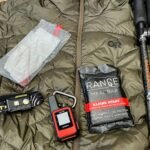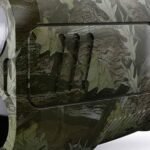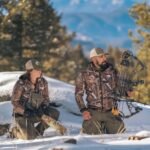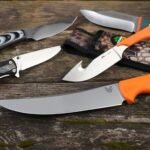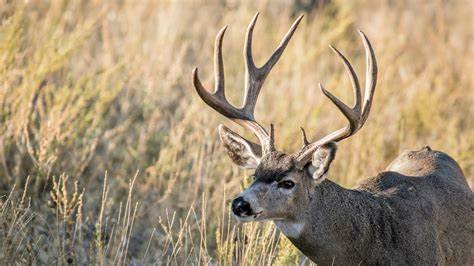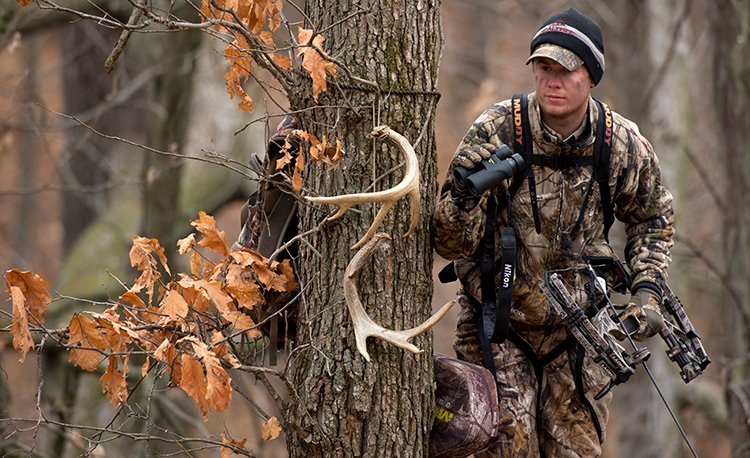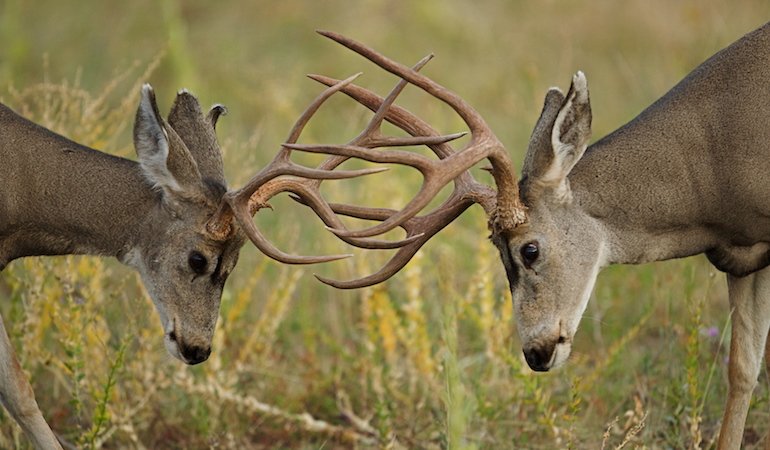One of the most crucial elements of a successful deer hunting trip is finding the right location. The area you choose can make or break your hunt. Here’s how to identify the best deer hunting locations based on natural deer behavior and environmental features:
1. Look for Food Sources
Deer need food, and knowing where they eat is critical. Look for areas with abundant food sources, such as agricultural fields, oak trees (which produce acorns), and areas with dense underbrush filled with shrubs and grasses. Deer tend to frequent areas with easy access to food, particularly during the fall when they’re preparing for winter.
2. Identify Water Sources
Deer need water to survive, so proximity to water sources is a key feature of any successful hunting spot. Streams, rivers, ponds, and even small puddles can be attractive to deer, especially during dry conditions. Look for signs of deer tracks or fresh droppings near water sources, as they often travel to drink.
3. Search for Bedding Areas
Bedding areas are where deer spend a lot of their time resting. These areas are typically located in thick cover, such as forests or tall grass, where deer can remain hidden from predators. Knowing where these bedding areas are located is crucial, as deer often leave these areas in the early morning or late afternoon to forage for food.
4. Examine Travel Corridors
Deer travel along certain routes, and identifying these travel corridors can lead you directly to your target. Look for narrow pathways through woods or clearings, as deer tend to use these routes to move between feeding areas and bedding spots. Pay attention to areas with well-worn trails, tracks, and broken vegetation.
5. Pay Attention to Wind and Elevation
Understanding the wind direction and elevation of your hunting location is essential for deer hunting success. Deer will usually avoid high ground during the daytime, preferring the cover of lower valleys. Look for elevated spots where you can get a clear view, but ensure the wind is favorable to avoid alerting deer to your presence.
6. Use Game Cameras
A great way to identify the right deer hunting location is to use game cameras. Setting up cameras in potential areas can help you monitor deer activity and movement patterns. This gives you valuable insight into where deer are feeding and bedding, allowing you to make an informed decision on where to hunt.
7. Avoid High-Traffic Areas
Although it may seem like high-traffic areas will offer good hunting opportunities, they are often not ideal. Deer are smart and tend to avoid areas with human presence. Avoid heavily trafficked locations or places with a lot of noise and movement, as deer are likely to steer clear of these areas.
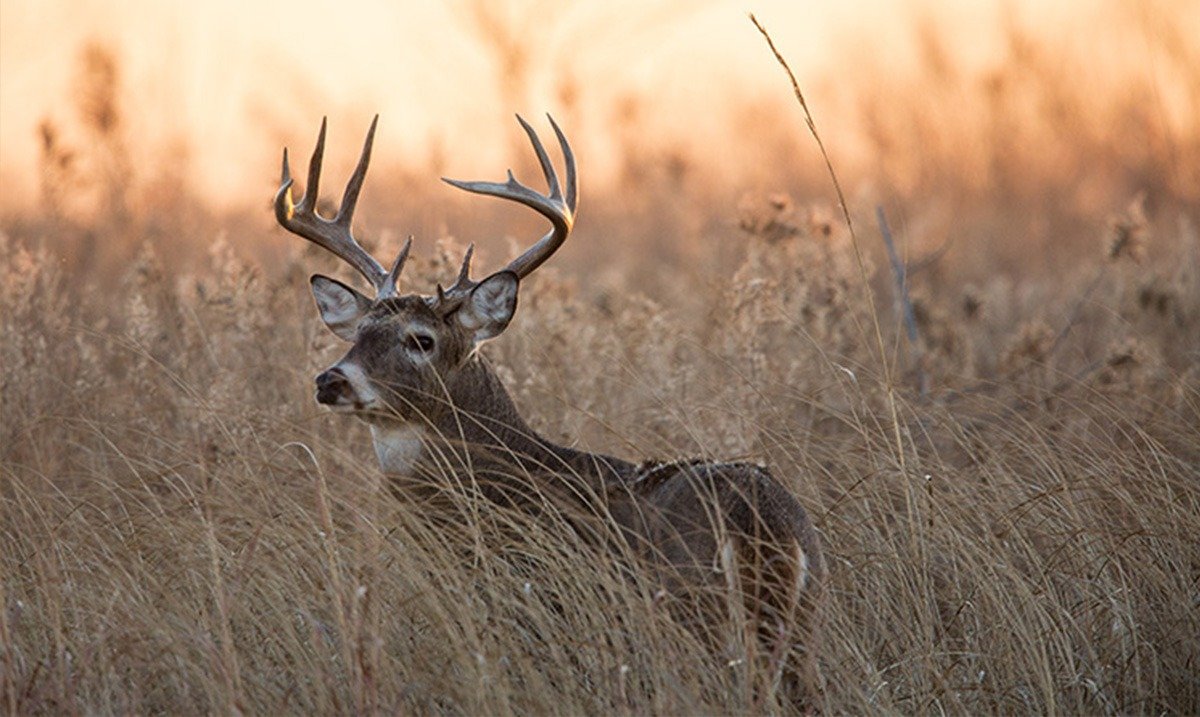
8. Look for Signs of Deer Activity
Look for signs such as tracks, droppings, rubs, and scrapes on trees. Rubs occur when bucks rub their antlers against tree trunks to mark territory, while scrapes are areas where deer scrape the ground with their hooves to communicate with others. These signs will help you identify areas where deer are active.
Conclusion
Finding the right deer hunting location takes time and observation. By focusing on key elements like food, water, bedding areas, and travel corridors, you’ll increase your chances of locating the perfect hunting spot. With a little research and patience, you’ll be well on your way to a successful hunt.



